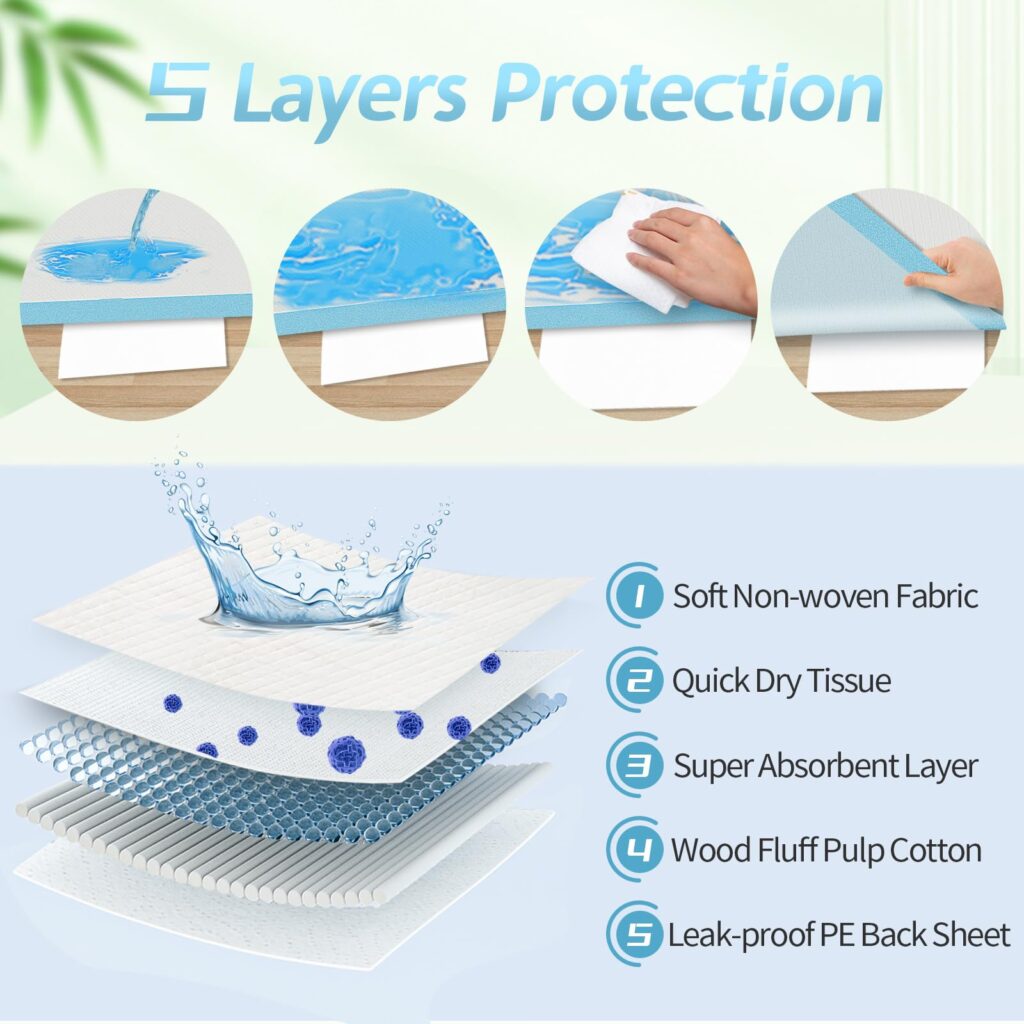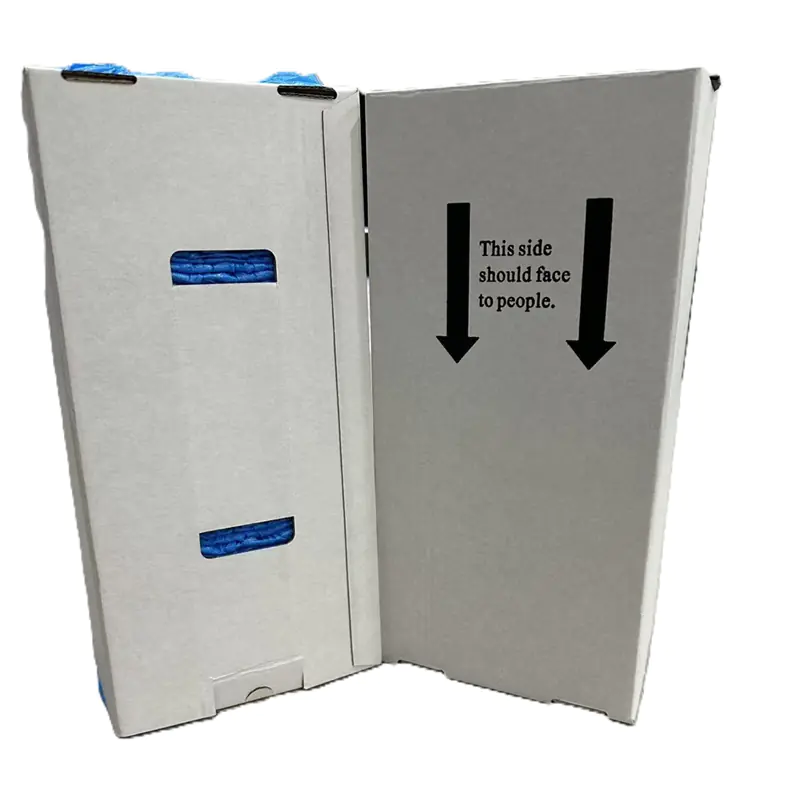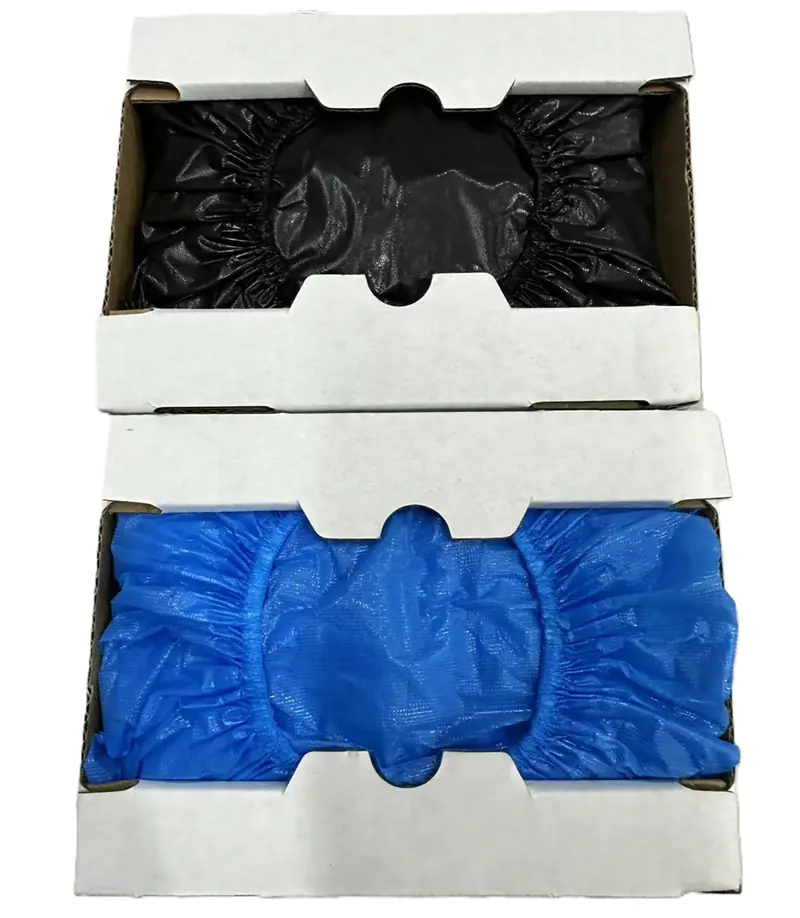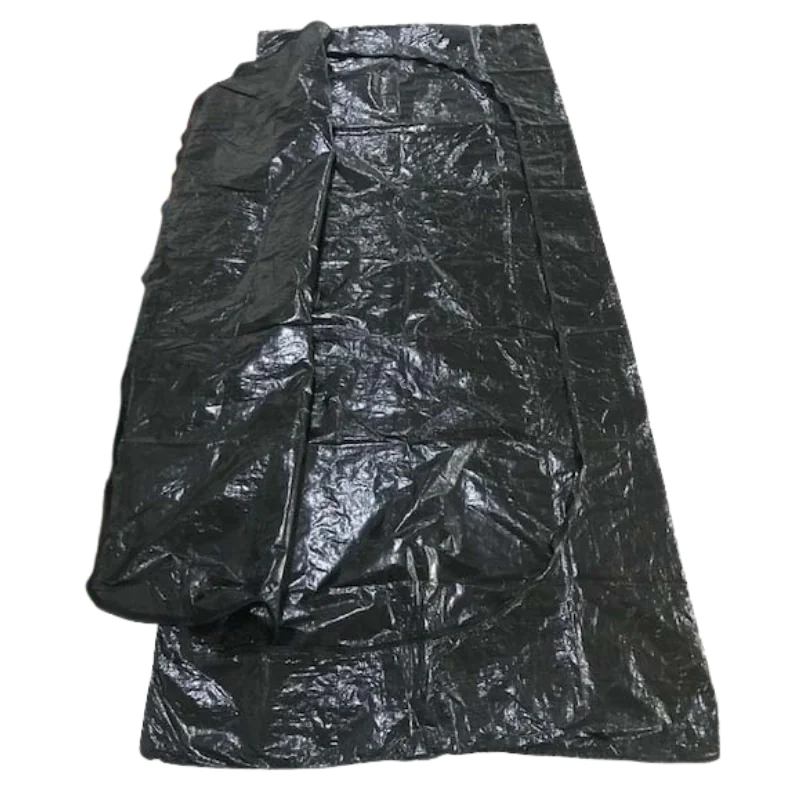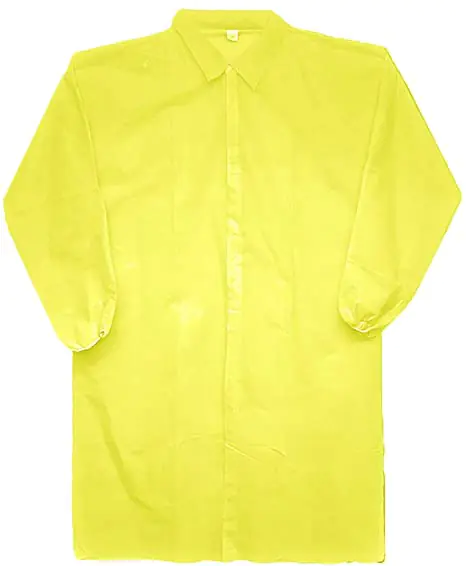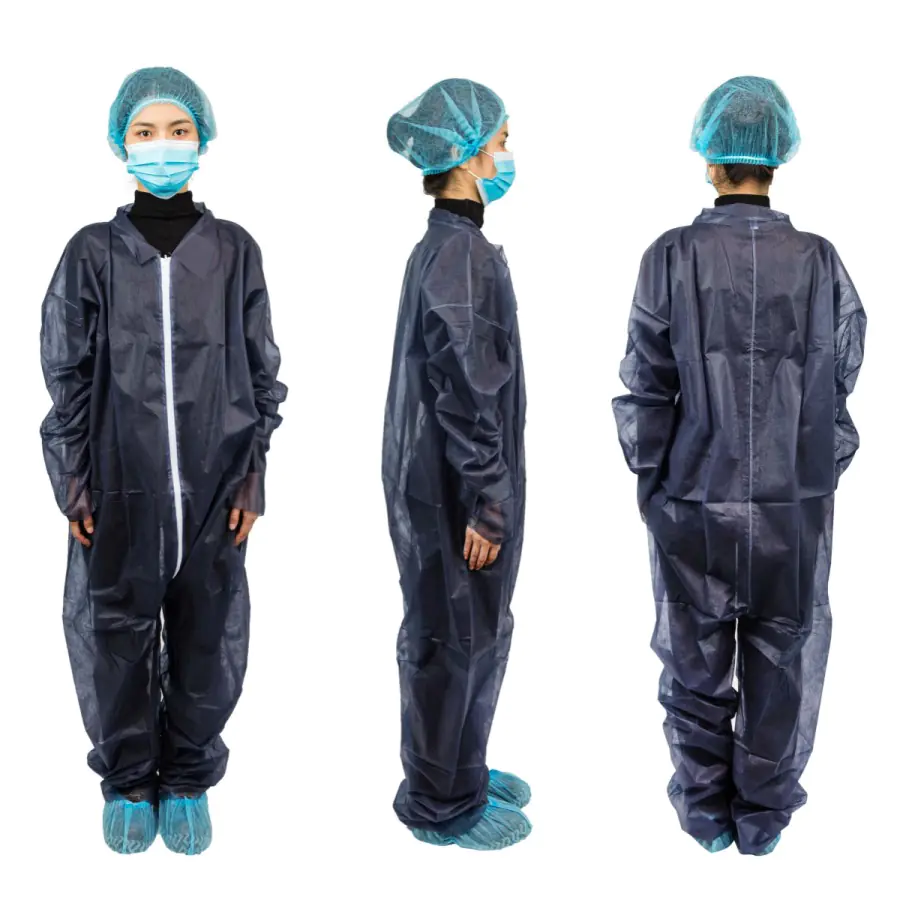Overview
O economic impact de using premium absorbency underpads in long-term care is clear. These pads help your team, protect beds and chairs, and cut waste. They also lower costs each week. This article shows how premium absorbency underpads save money and improve care at the same time.
We will cover:
- Why premium absorbency underpads matter
- Where care homes spend more than they should
- How better pads reduce leaks and labor
- How to pick the right pad
- How to roll out a pad plan that works
The title says it all: the economic impact of using premium absorbency underpads in long-term care comes from fewer leaks, fewer changes, and less laundry.
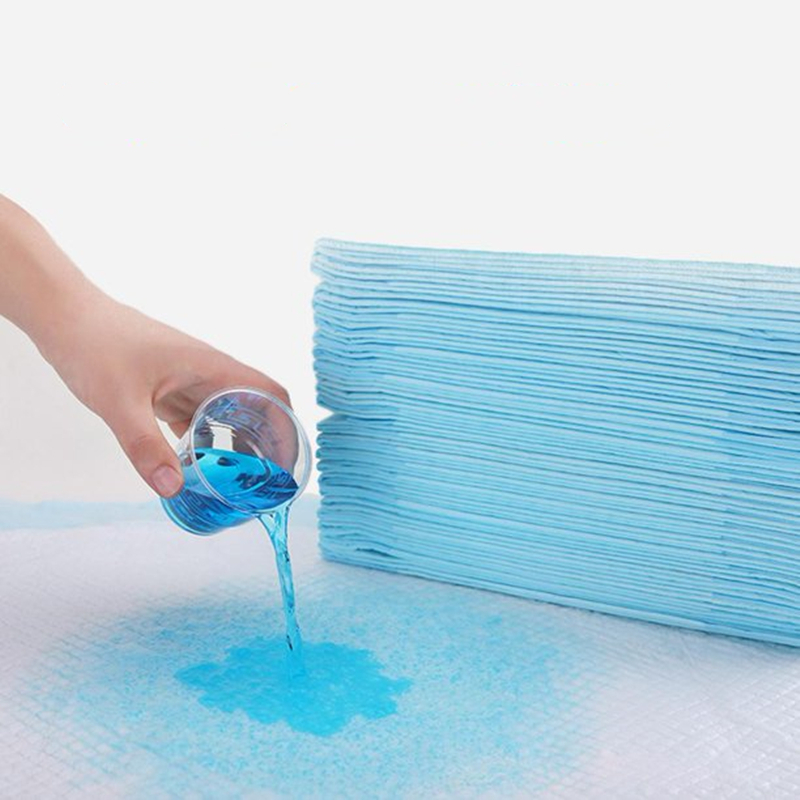
Why Premium Pads Matter
A premium absorbency underpad soaks up wet fast and keeps it locked in. This keeps skin dry and protects beds. It also saves staff time. Fewer changes per day mean your team can focus on resident care. Better pads also help with odor control. Rooms smell fresh, and resets take less time.
Key gains:
- Less leak-through to linens
- Fewer full bed turns
- Lower laundry costs
- Lower labor costs
- Better skin comfort for residents
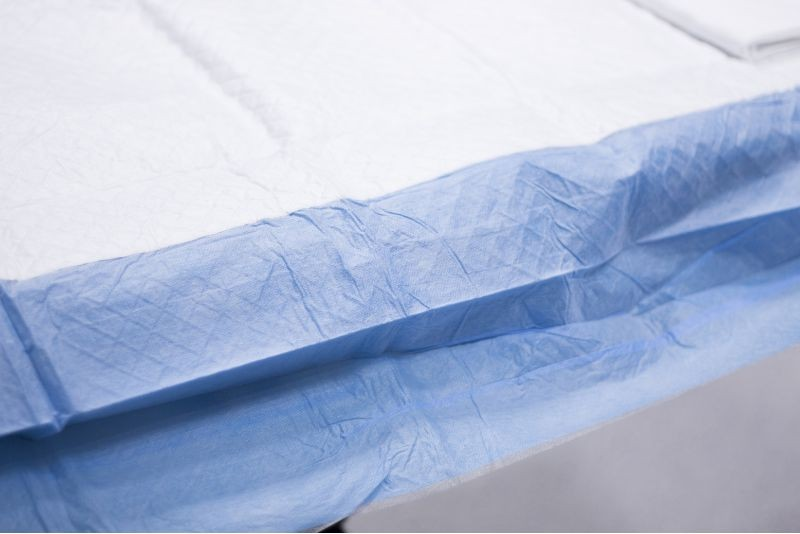
What Makes a Premium Absorbency Underpad
A strong pad has a multilayer build:
- A soft top sheet that pulls liquid down fast
- A core with fluff pulp e super absorbent polymer (SAP)
- A sealed edge to stop side leaks
- A leak‑proof PE film back to protect the bed
- Optional adhesive strips to hold the pad in place
This design boosts absorbency, cuts leakage, and keeps the top dry to touch. Staff can trust the pad across a full shift.
Helpful related items to compare and plan:
- High capacity choices: extra large disposable bed pads
- Stay-put options: bed pads with adhesive strips
- Core build ideas: disposable absorbent under pad for adult and child
- Thin layering aid: disposable underpad sheet
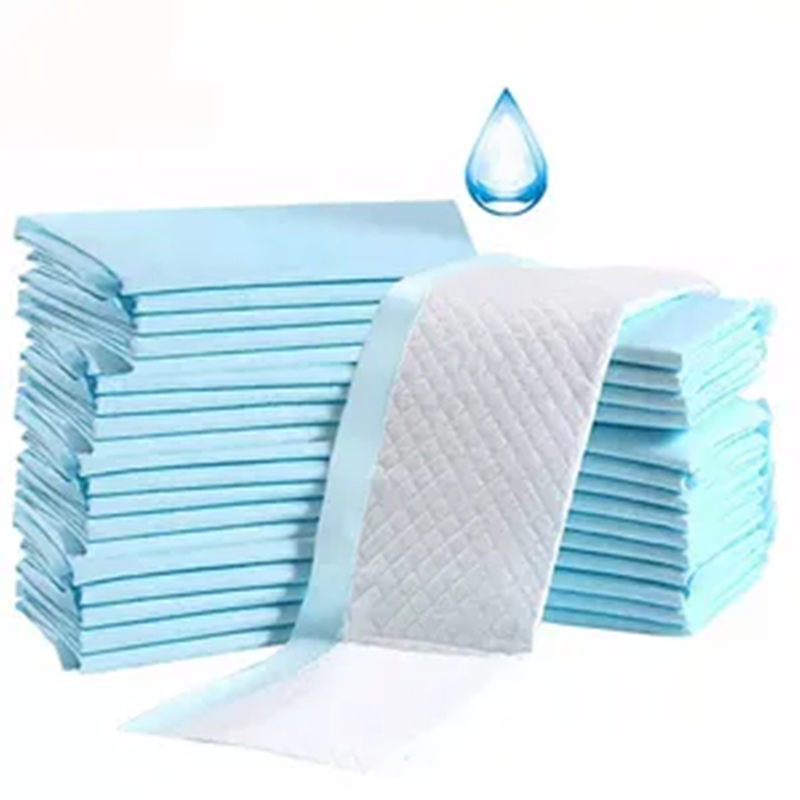
Where Costs Add Up in Long-Term Care
Daily care can hide many costs. The biggest areas are:
- Frequent pad changes
- Linen changes after leaks
- Laundry costs for water, power, and detergent
- Labor costs for cleanup and room resets
- Wear on beds and covers
- Waste management fees for heavy trash
- Skin issues that need extra care
A small leak can lead to a full bed turn. That means time, linen, and energy. Over a week or a month, these costs grow fast.
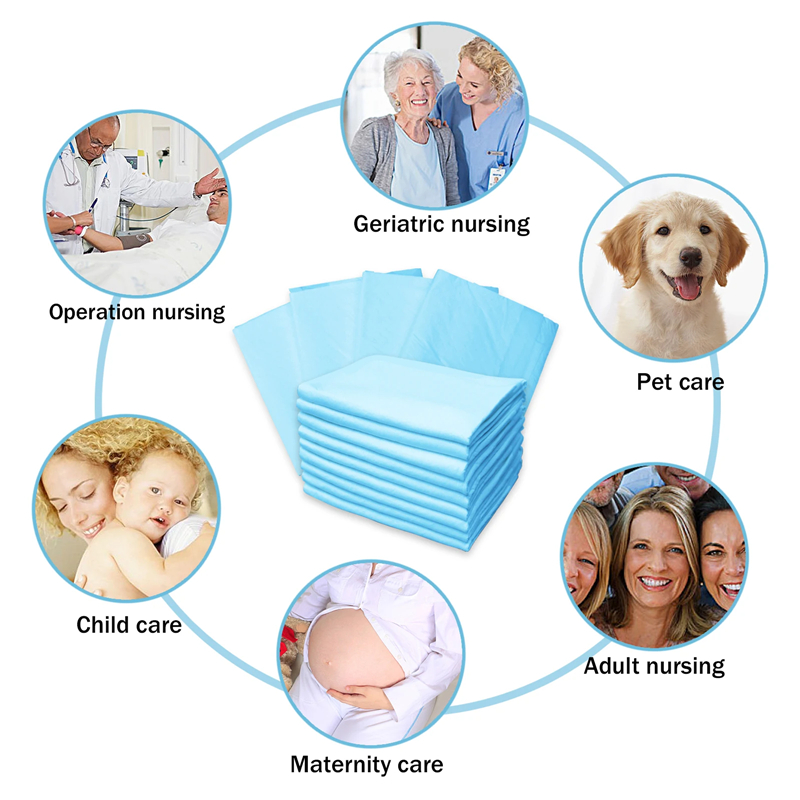
How Premium Pads Cut Costs
Better pads lower the total bill in many ways:
- Fewer pads per day. High absorbency means one pad can last a shift.
- Fewer linen swaps. Leak‑proof backs stop soak-through.
- Less laundry. Fewer wet sheets means fewer cycles, less water, and less power.
- Less staff time on cleanups. Teams can spend more time on care.
- Fewer odors. Strong odor control means fewer room resets.
- Less trash. One premium pad can replace two or more low grade pads.
- Less bed damage. Dry beds and covers last longer.
Add it up. If one resident needs one less change per day, you save minutes and supplies. Multiply by all residents, and the cost savings are clear.
Total Cost of Ownership (TCO)
Do not look only at unit price. Look at total cost of ownership (TCO). Count all parts of the job:
- Pads used per day
- Minutes per change
- Linen changes per week
- Laundry costs and machine wear
- Bed and cover replacement
- Waste management costs
- Staff training and rework
A pad that costs a bit more per piece can cost much less per week when you count TCO.
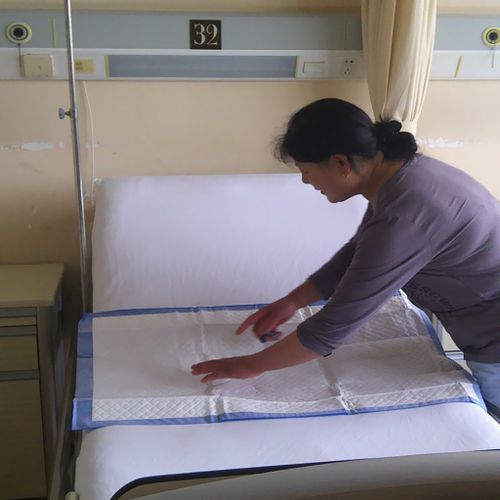
Staff Time and Workflow
Good pads make work simple:
- Fewer trips with trash and linens
- Faster room turns
- Less stress on nights and weekends
- Clear, steady routines for new staff
These wins lower labor costs and lift morale. A calm shift is safer and kinder for residents.
Skin Health and Safety
Dry skin stays healthy. Premium absorbency underpads help keep skin dry and warm. This can lower risk of moisture‑related skin damage e pressure injury. That means:
- Fewer dressings
- Fewer extra checks
- Less pain for residents
- Fewer infection risks
The care gains come first. The cost gains follow.
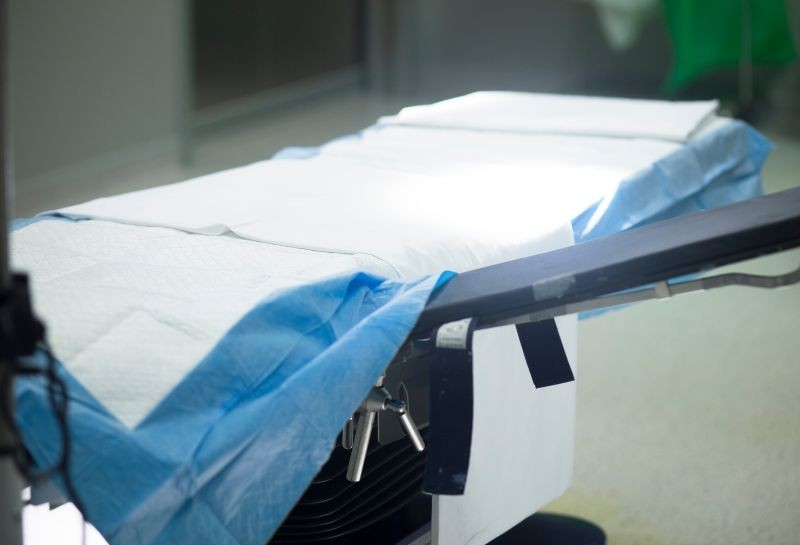
How to Choose the Right Pad
Match the pad to the task:
- Pick absorbency for day vs. night
- Size to fit bed, chair, or transport
- Use adhesive strips for restless sleepers
- Check core weight and stated mL capacity
- Ask for samples and simple test data
- Use color codes by size or area
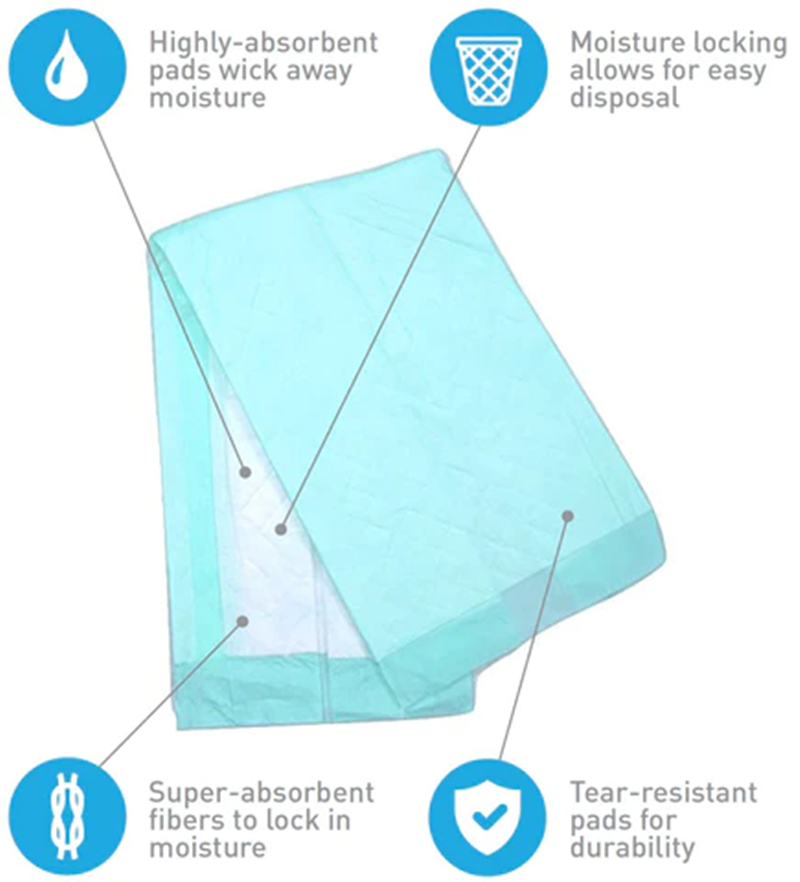
Helpful links for planning:
- Plan heavy duty nights with extra large disposable bed pads
- Keep pads in place with bed pads with adhesive strips
- Compare core types with a disposable absorbent under pad for adult and child
- Add a thin barrier layer using a disposable underpad sheet
You can also protect mattresses for longer life with a disposable non woven waterproof mattress protector cover.
Smart Use and Training
Even the best pad needs good use:
- Place pads flat with no folds
- Center the core under hips and bottom
- Press adhesive strips to clean sheets
- Change on schedule, not only after leaks
- Use a one‑page guide and a short demo for new staff
Two tips that help right away:
- Use larger pads for night shifts
- Stack one thin disposable underpad sheet under the main pad during high‑risk hours
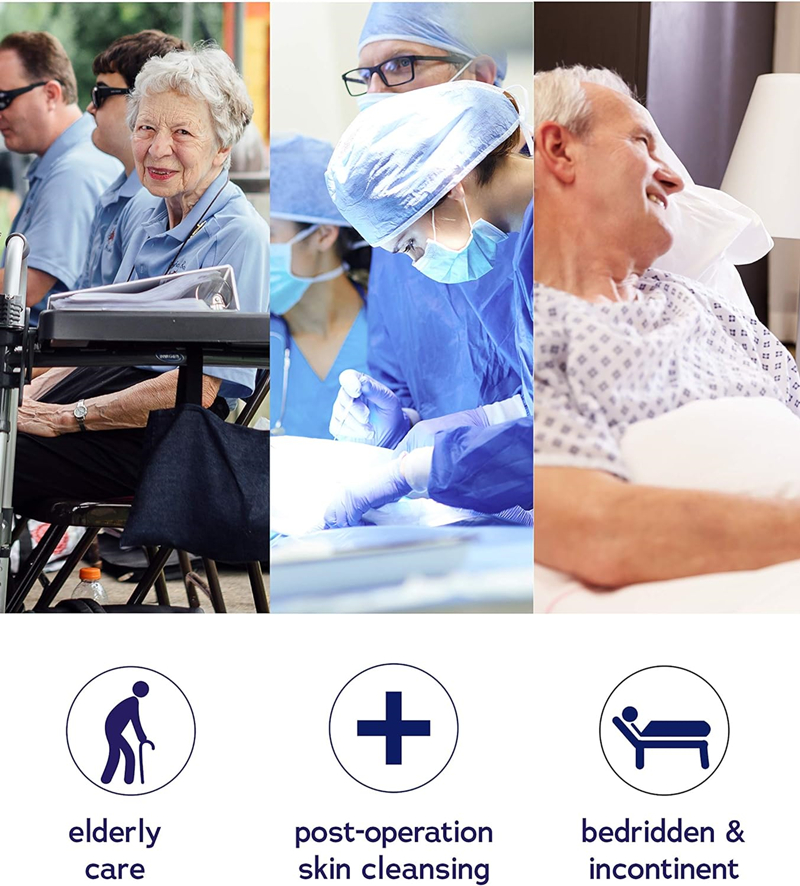
Simple Rollout Plan
Make a small test, then scale:
- Pick two pad types for a two‑week trial on one wing.
- Track leaks, pads per shift, and linen changes.
- Ask staff for quick notes on feel and hold.
- Choose the best pad by care and cost.
- Train all shifts with a 10‑minute demo.
- Color code sizes and keep a quick reorder guide.
- Review after 30 and 90 days and tune the plan.
Measure What Matters
Use a short list to see the economic impact:
- Pads per resident per day
- Linen changes per bed per week
- Minutes per change and cleanup
- Laundry costs and cycles per week
- Skin events like pressure injury
- Odor events and room resets
- Staff and resident feedback
Small wins in each line add up to strong return on investment (ROI).
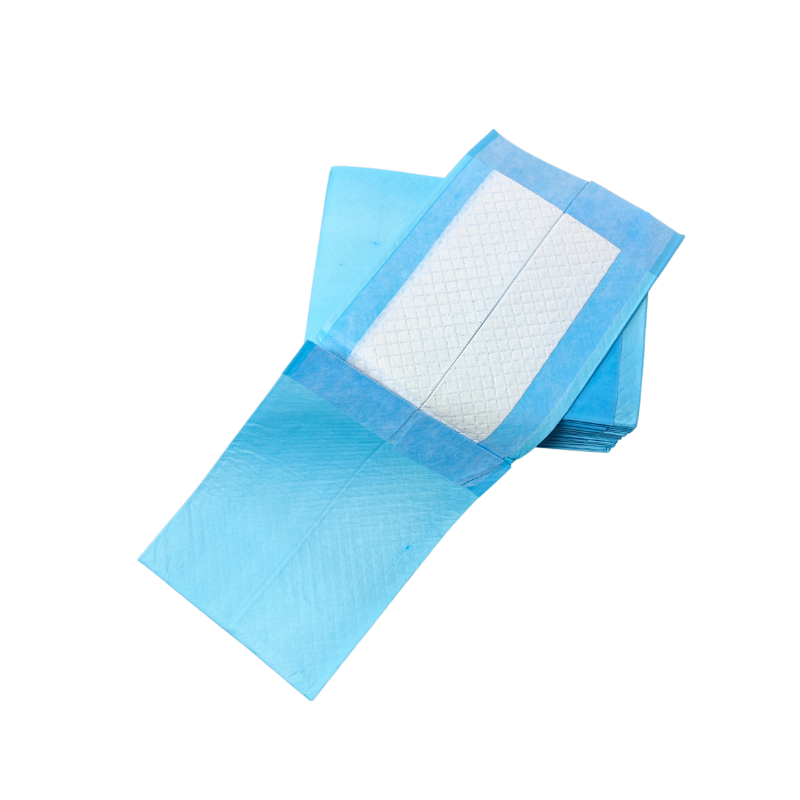
Final Word
O economic impact of using premium absorbency underpads in long-term care is strong and proven. Better pads mean fewer leaks, fewer changes, and fewer wash loads. They protect skin, save staff time, and cut waste. Look beyond unit price and focus on total cost of ownership. Choose the right size and absorbency, train your team, and track simple numbers. You will see real cost savings, better comfort, and smoother days for both residents and staff.

